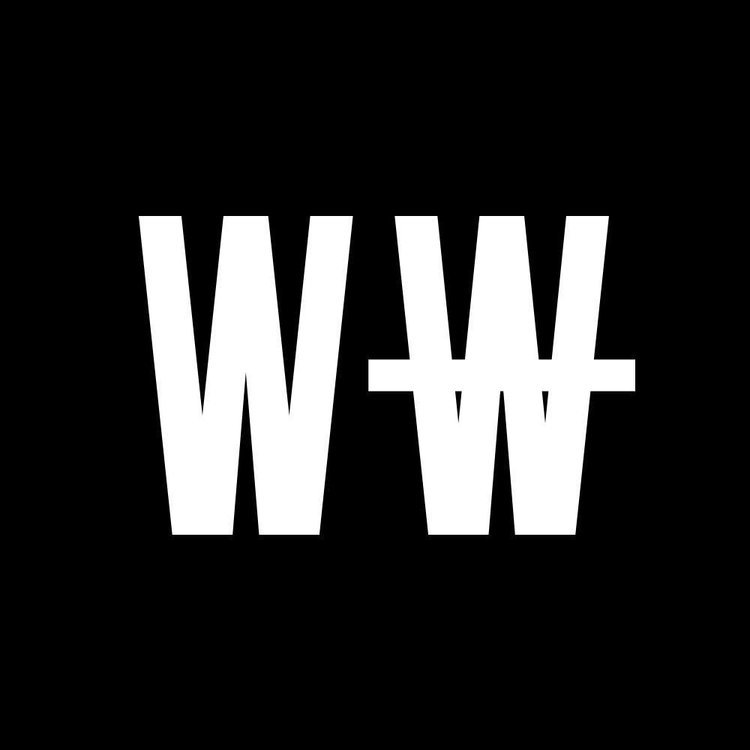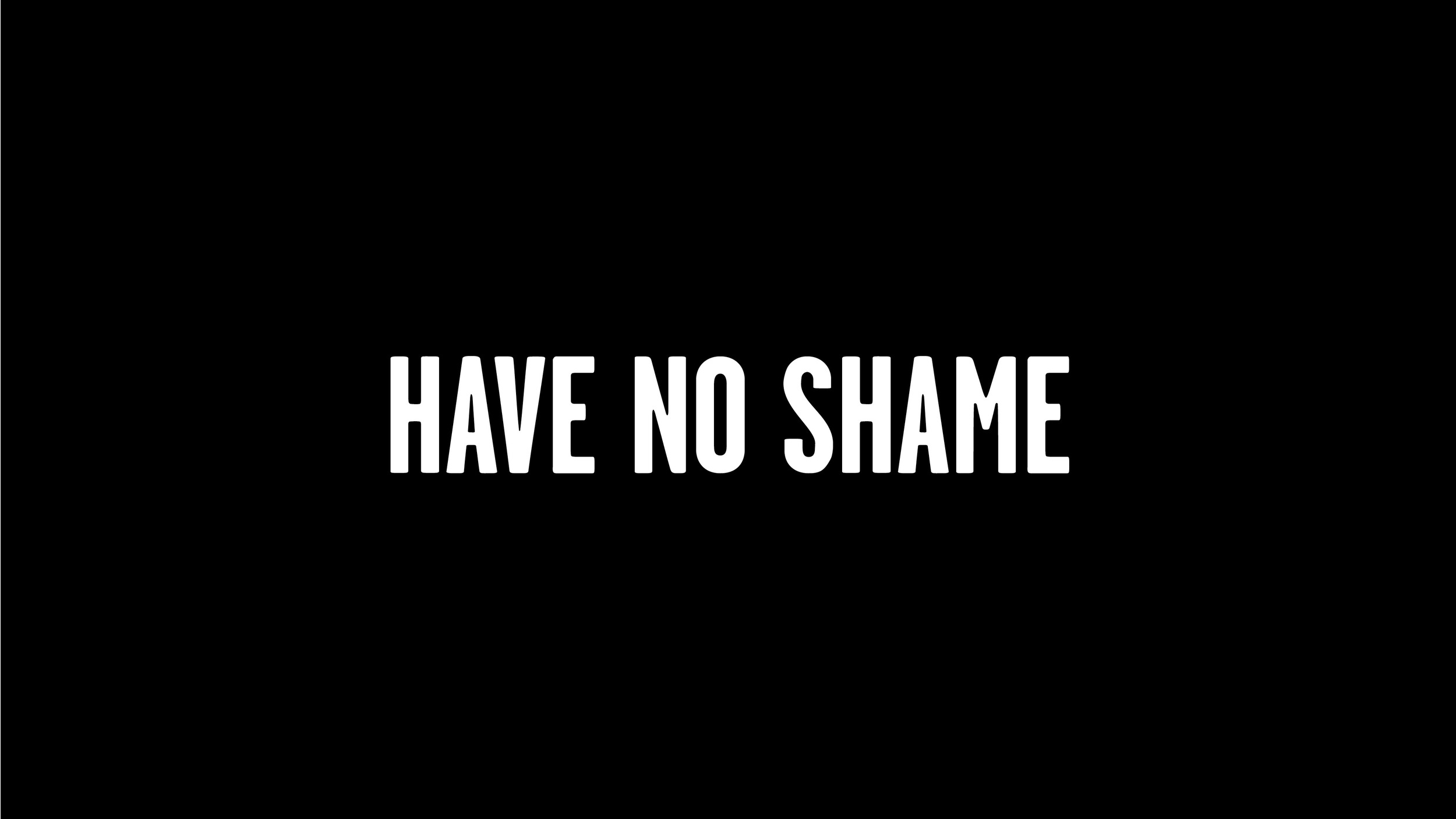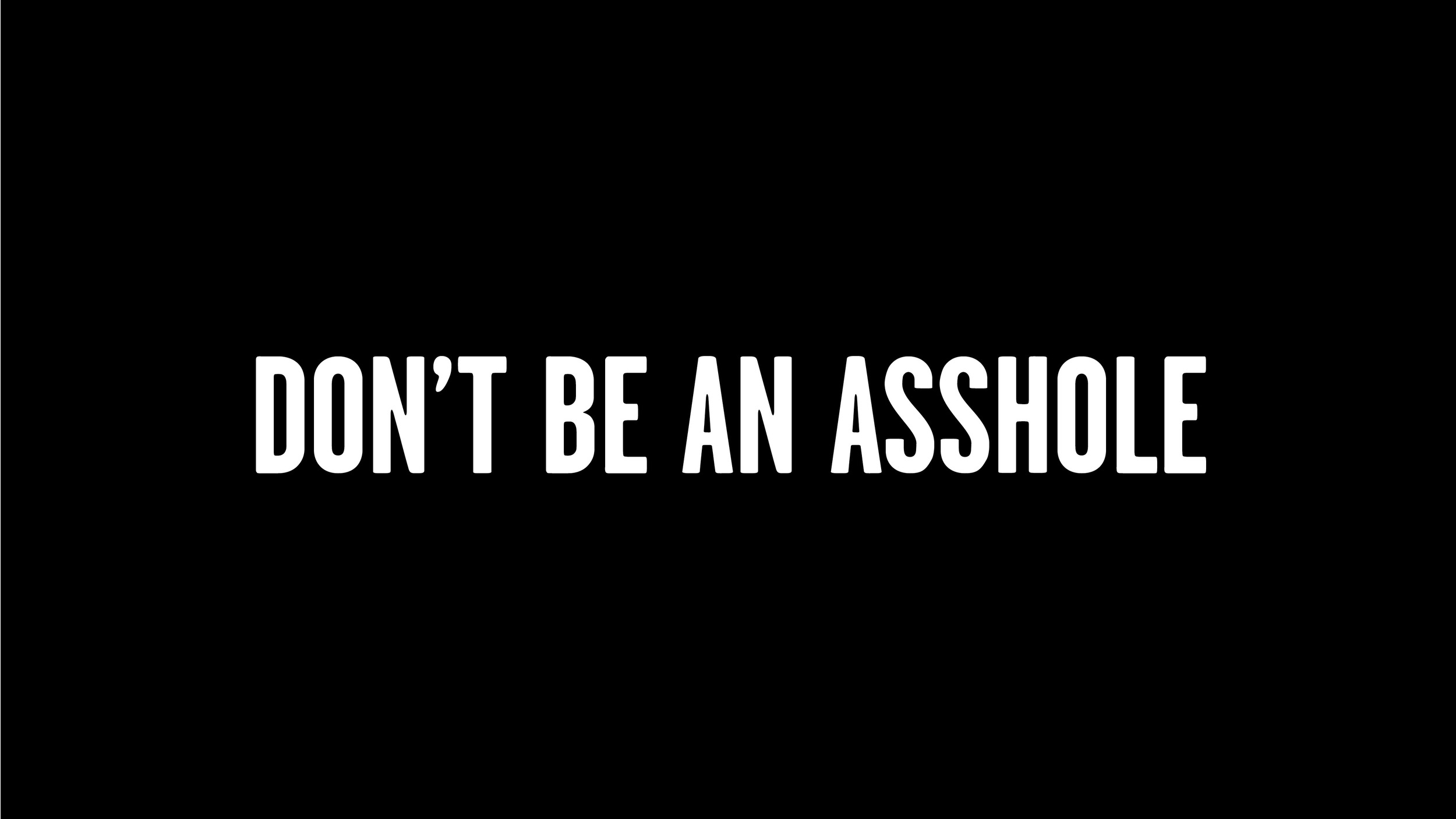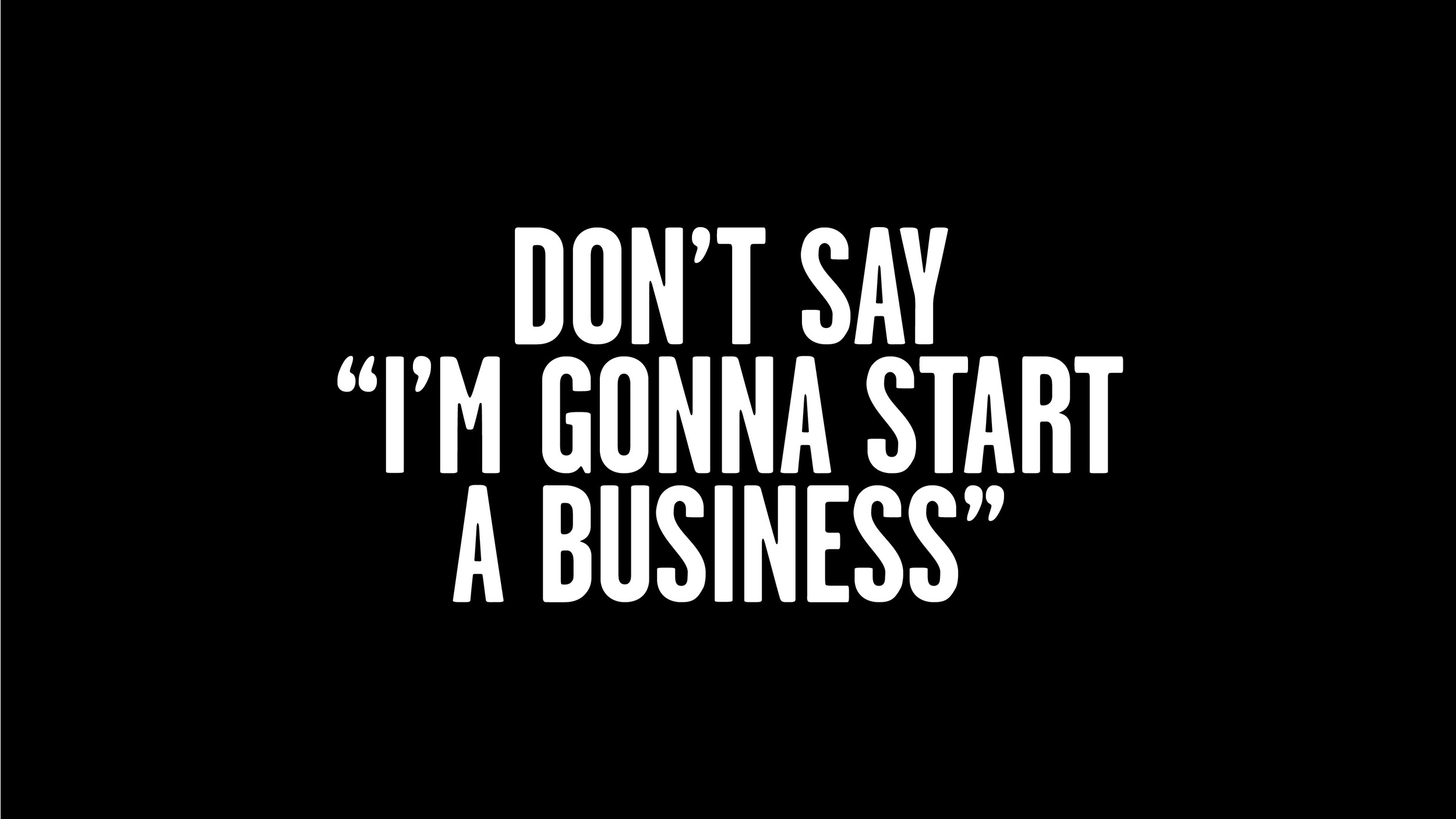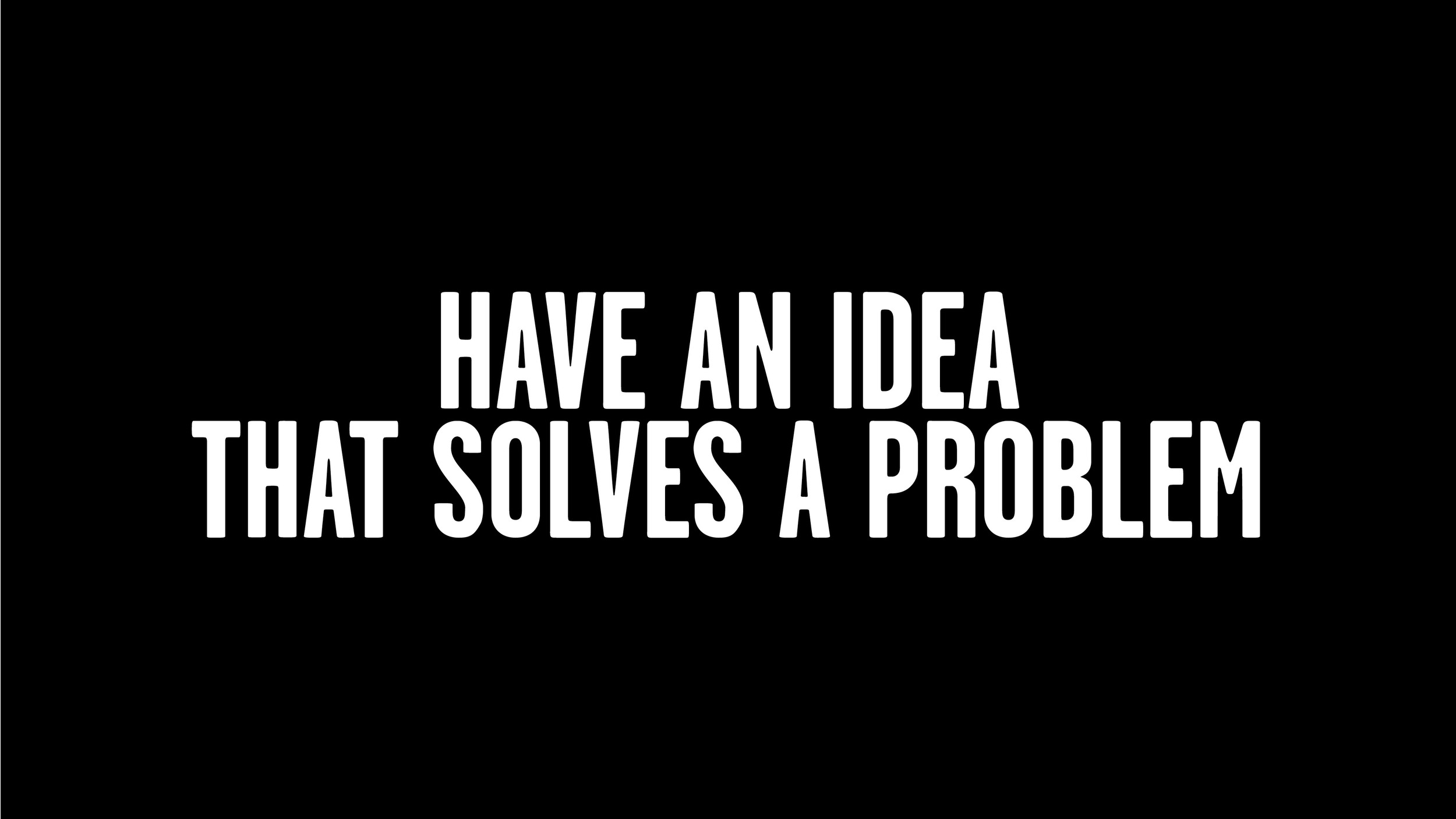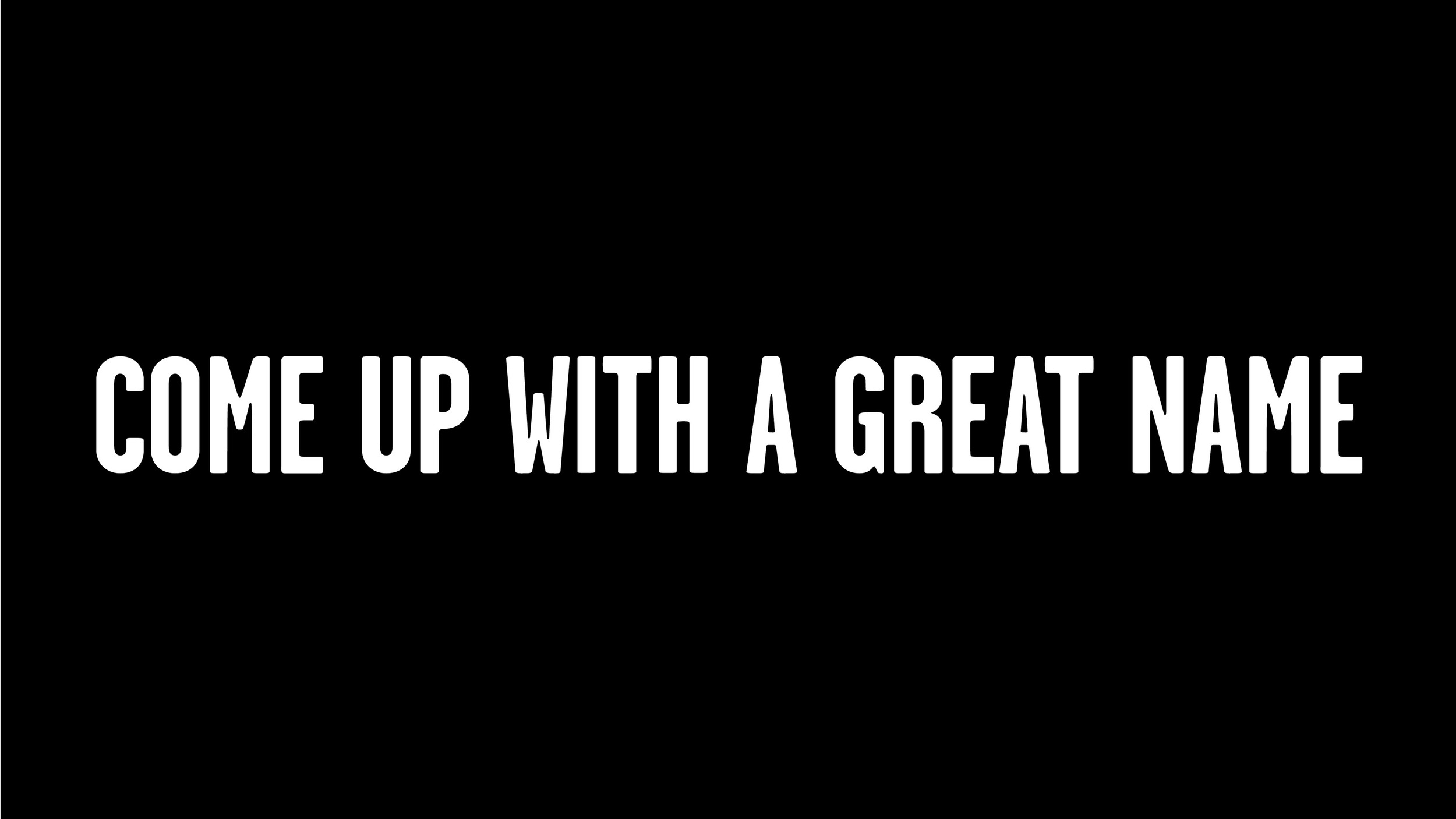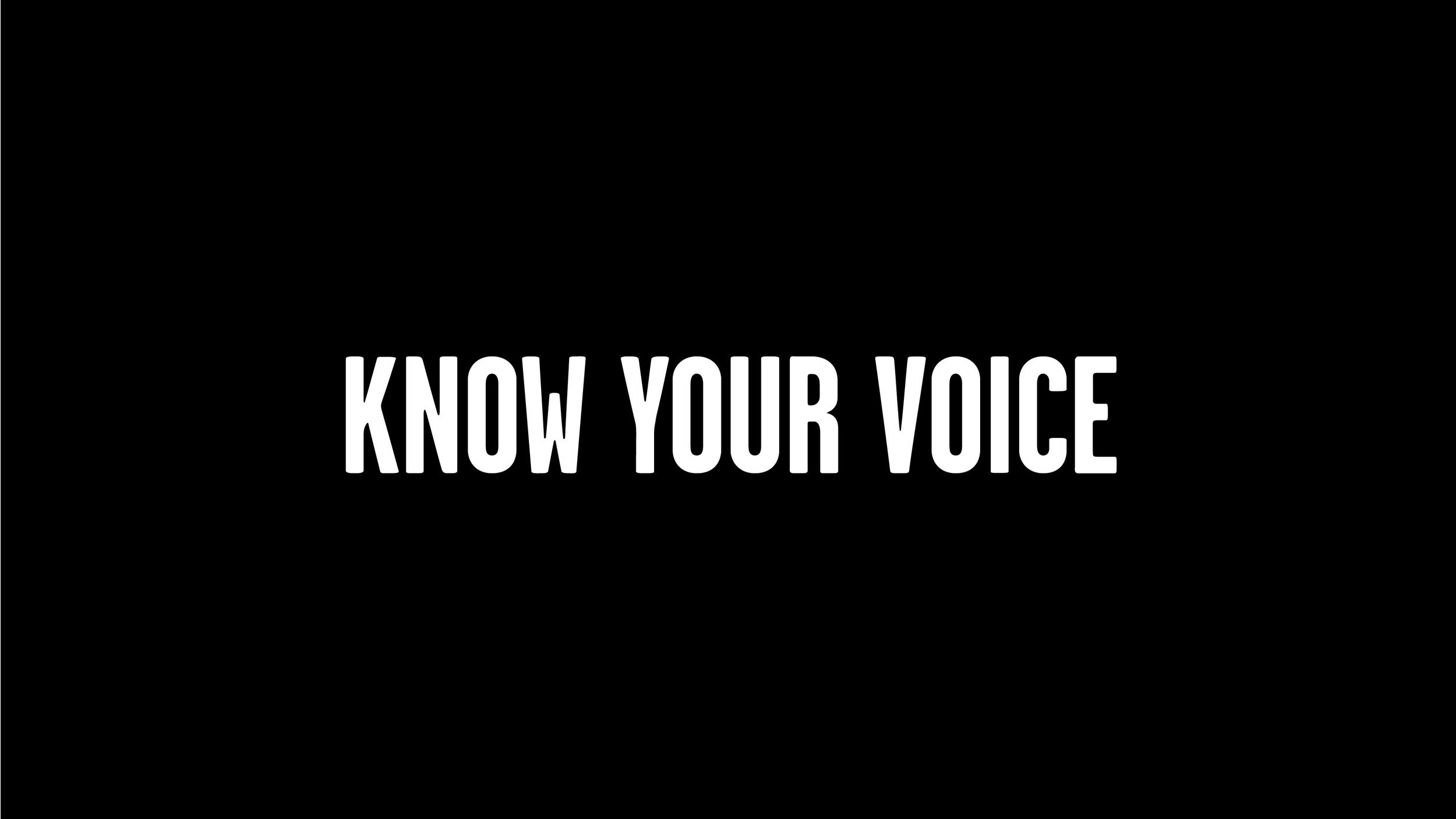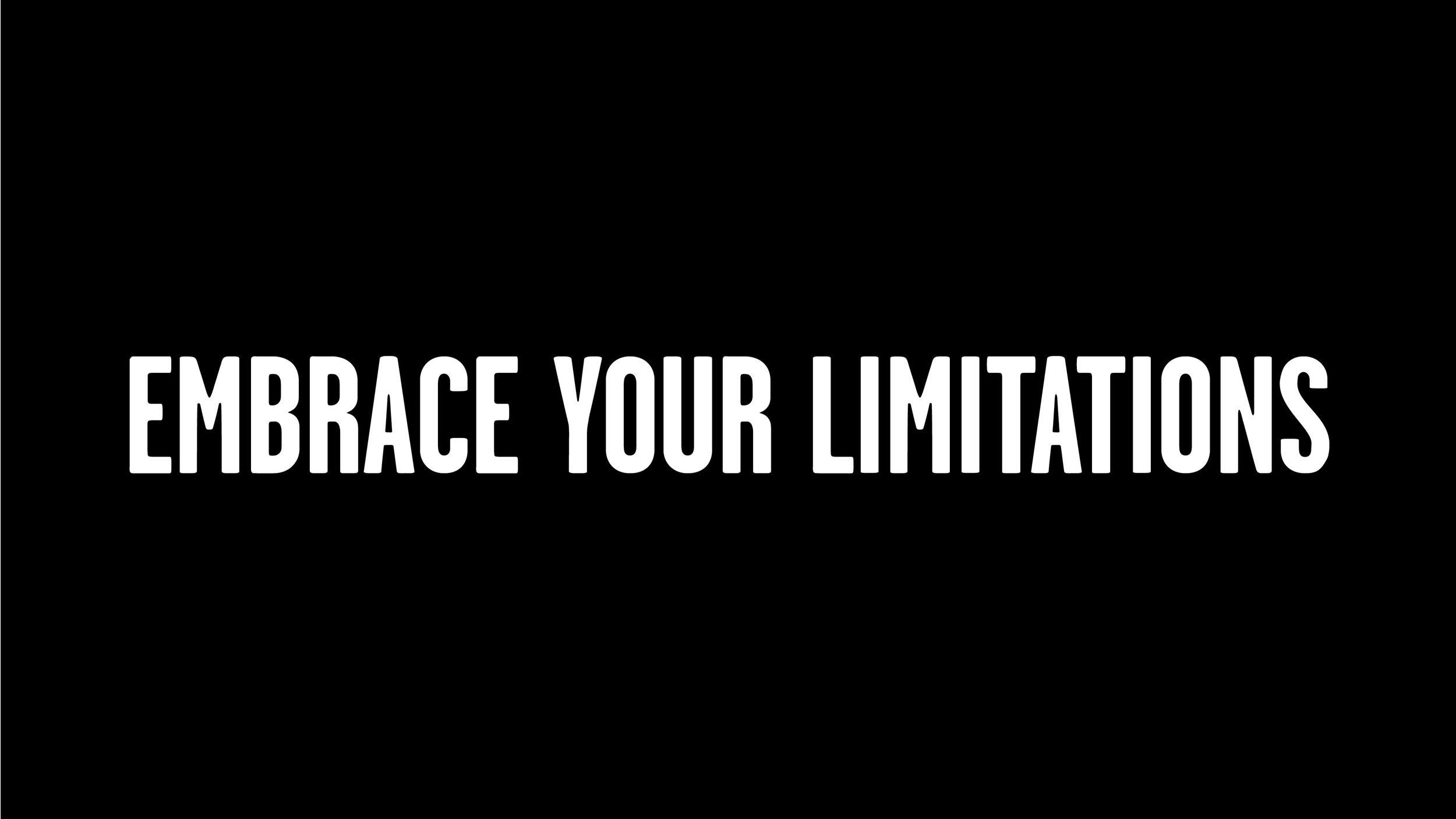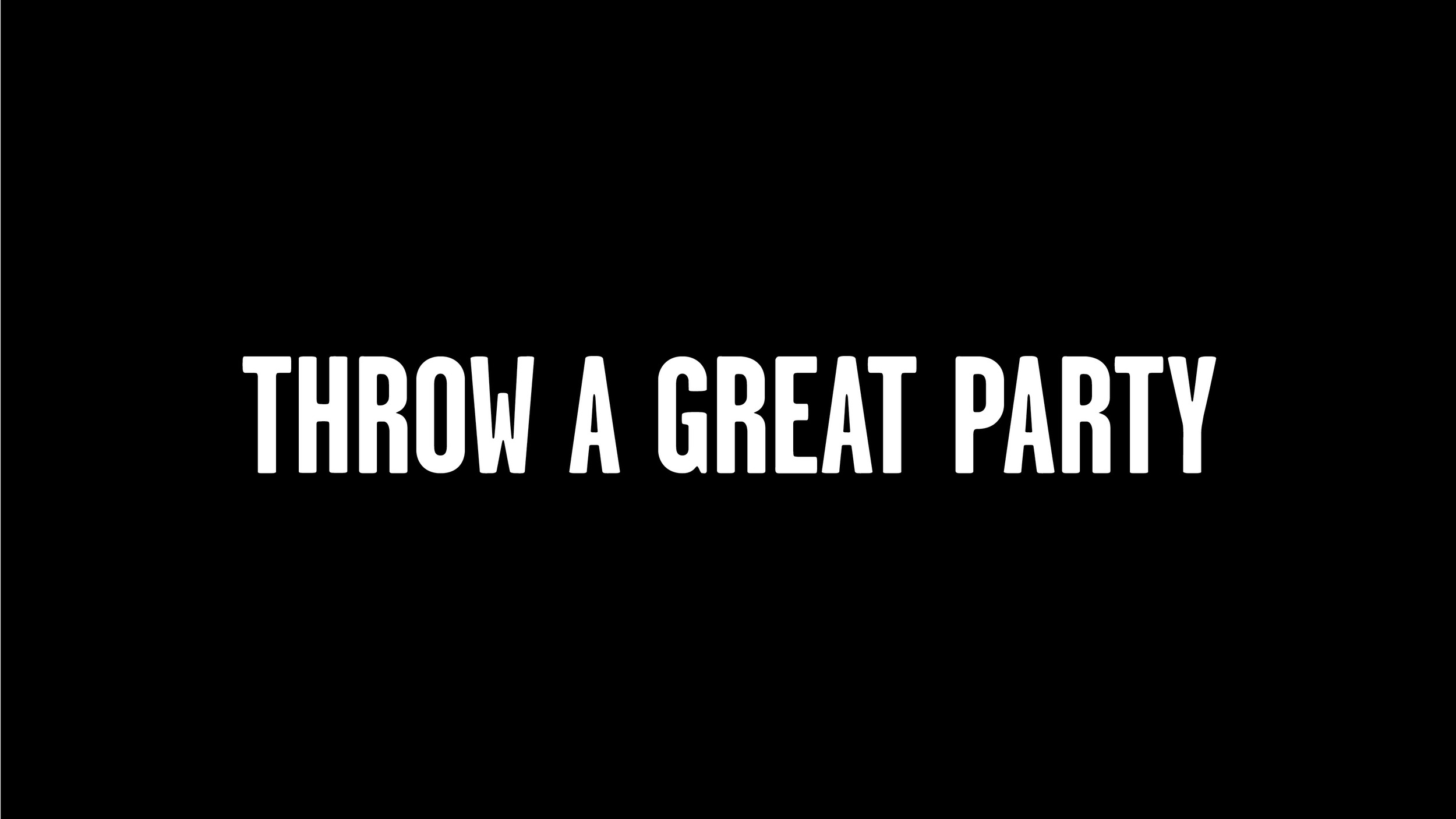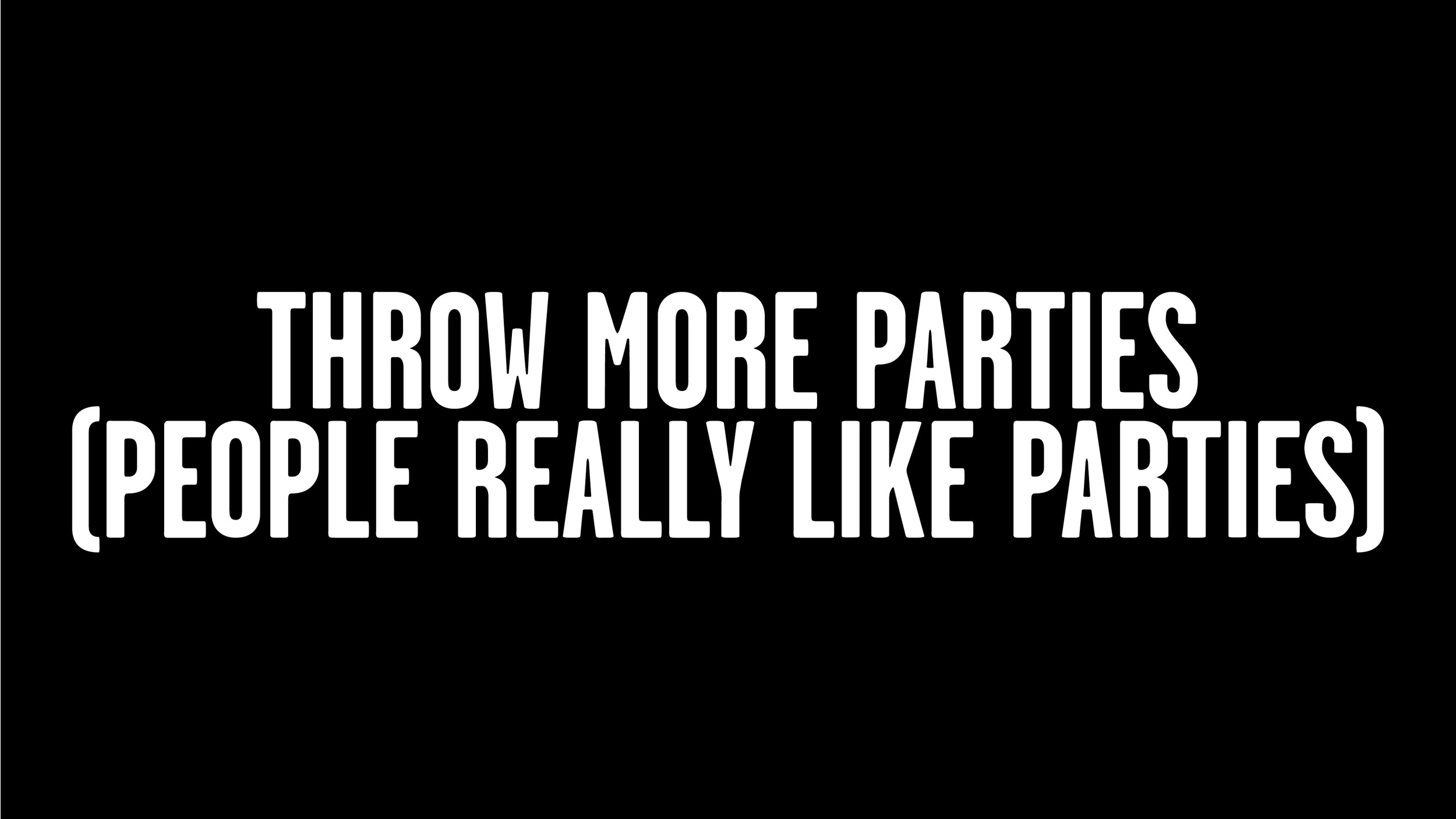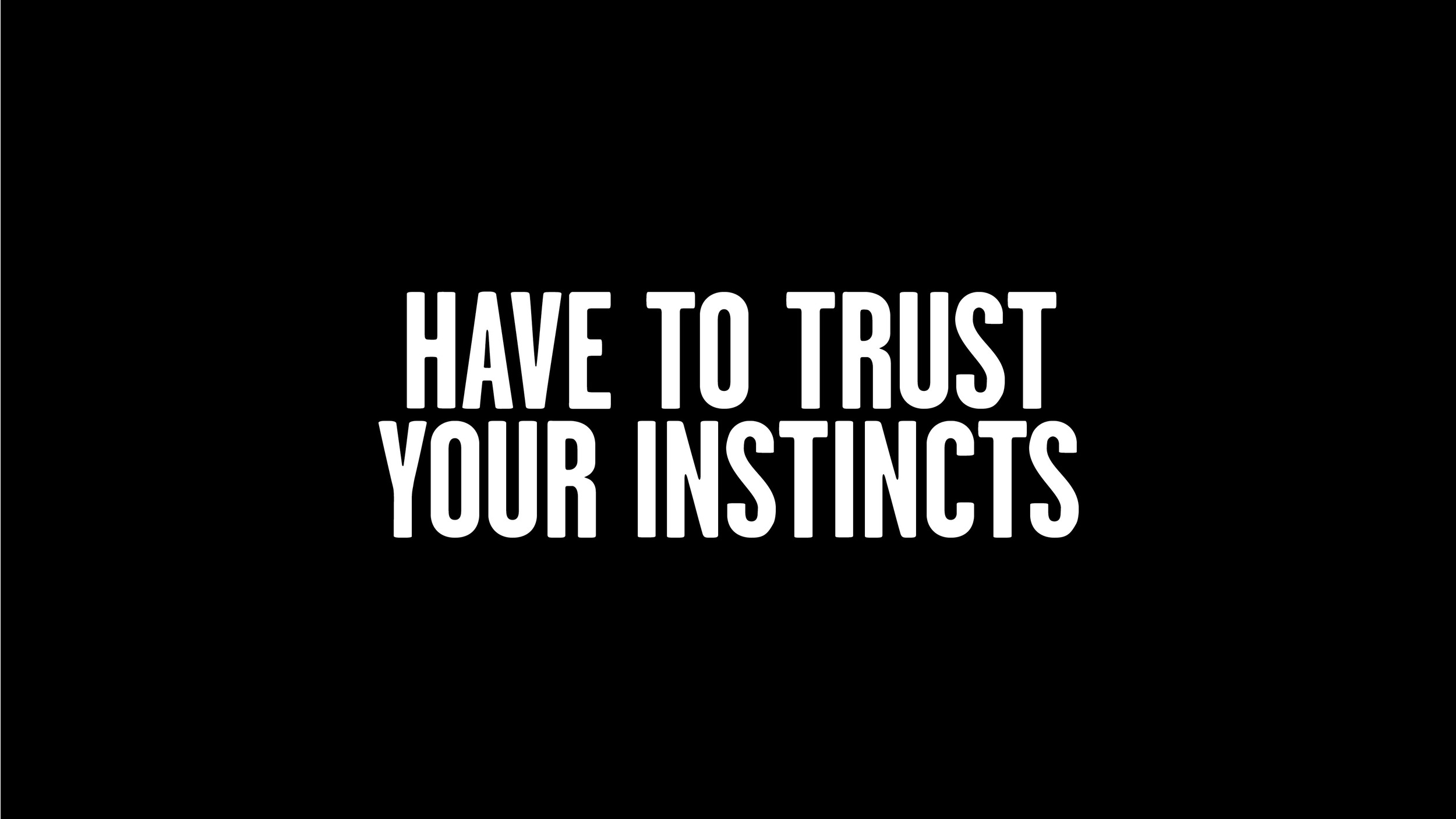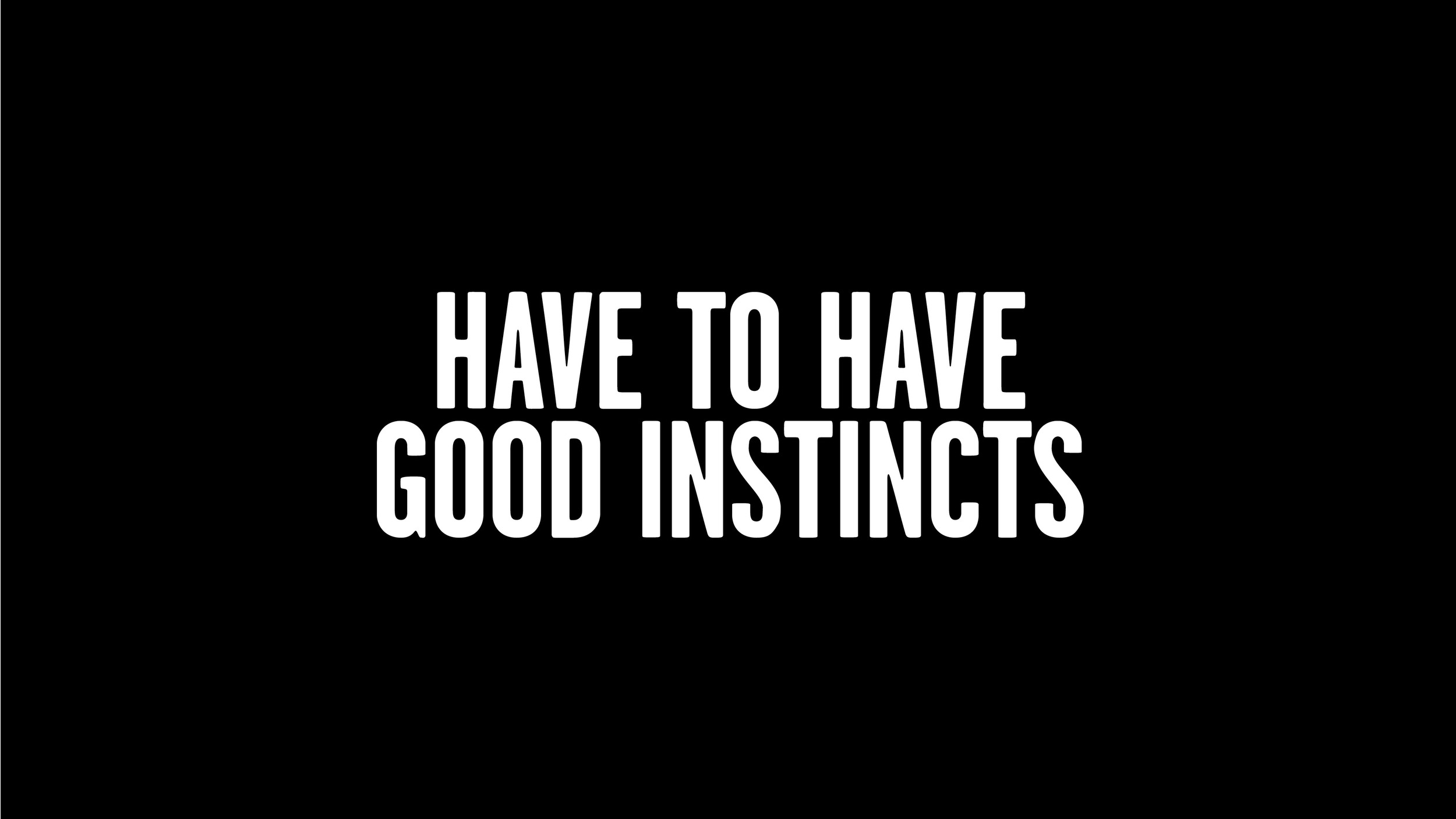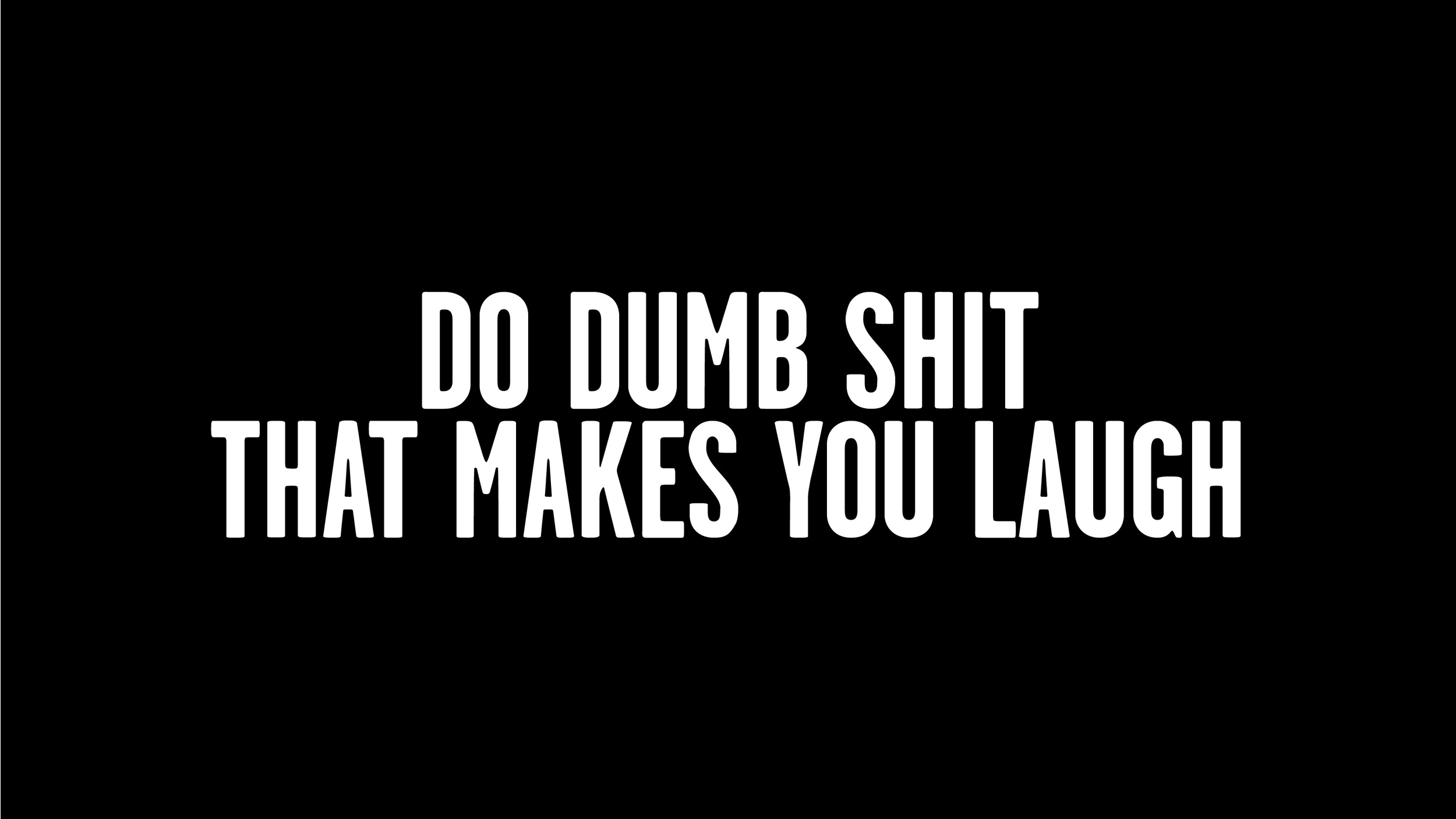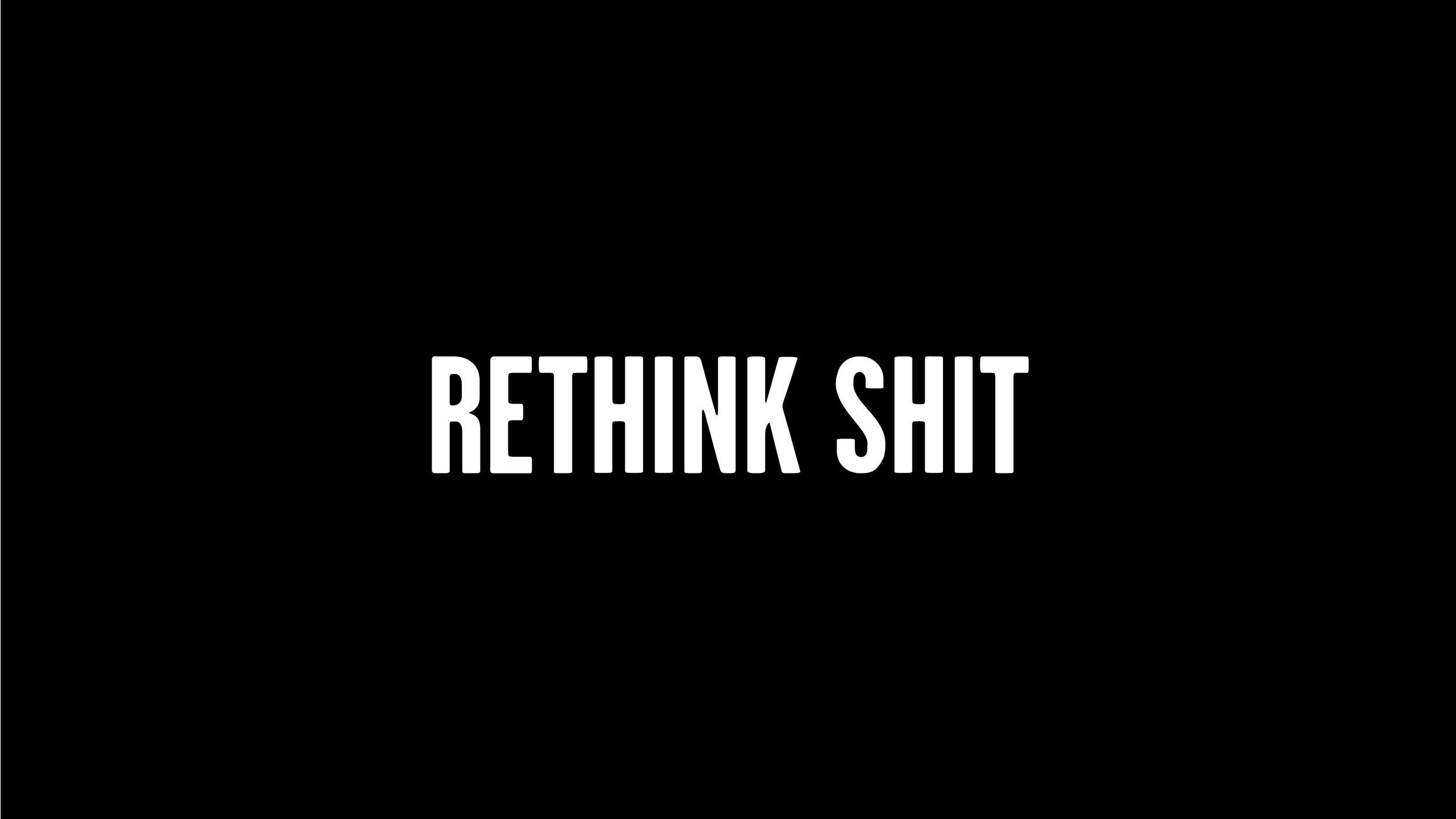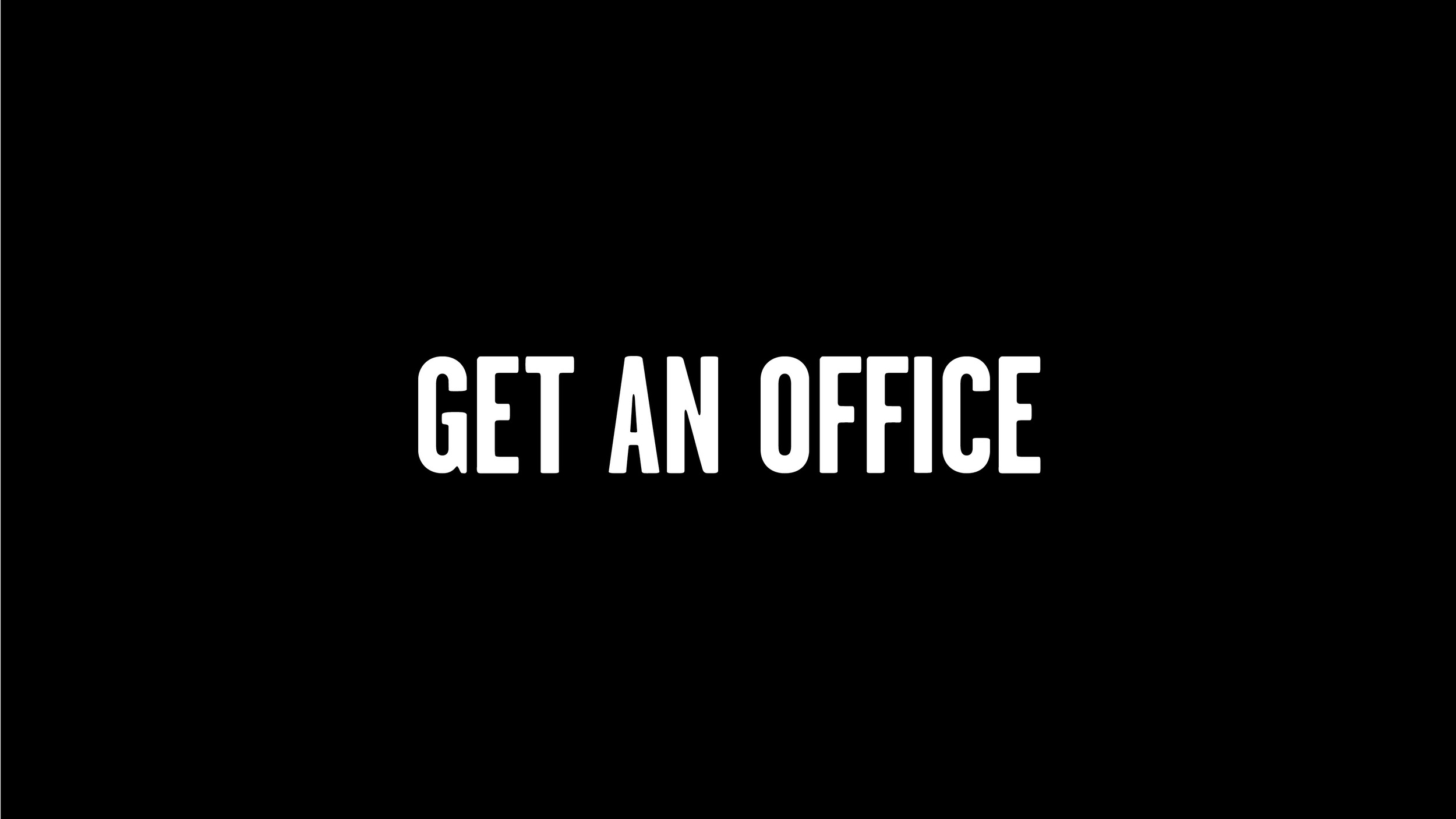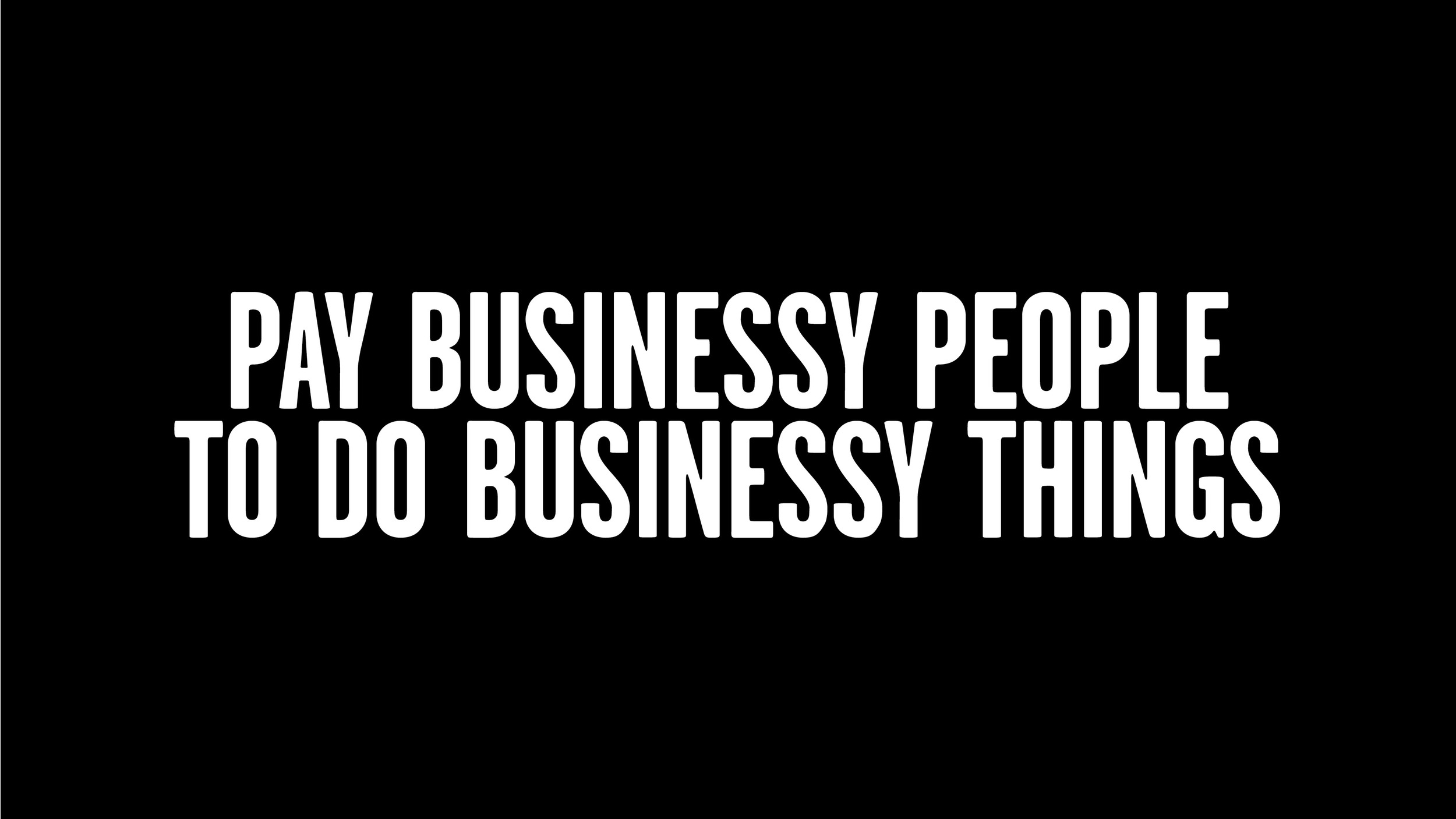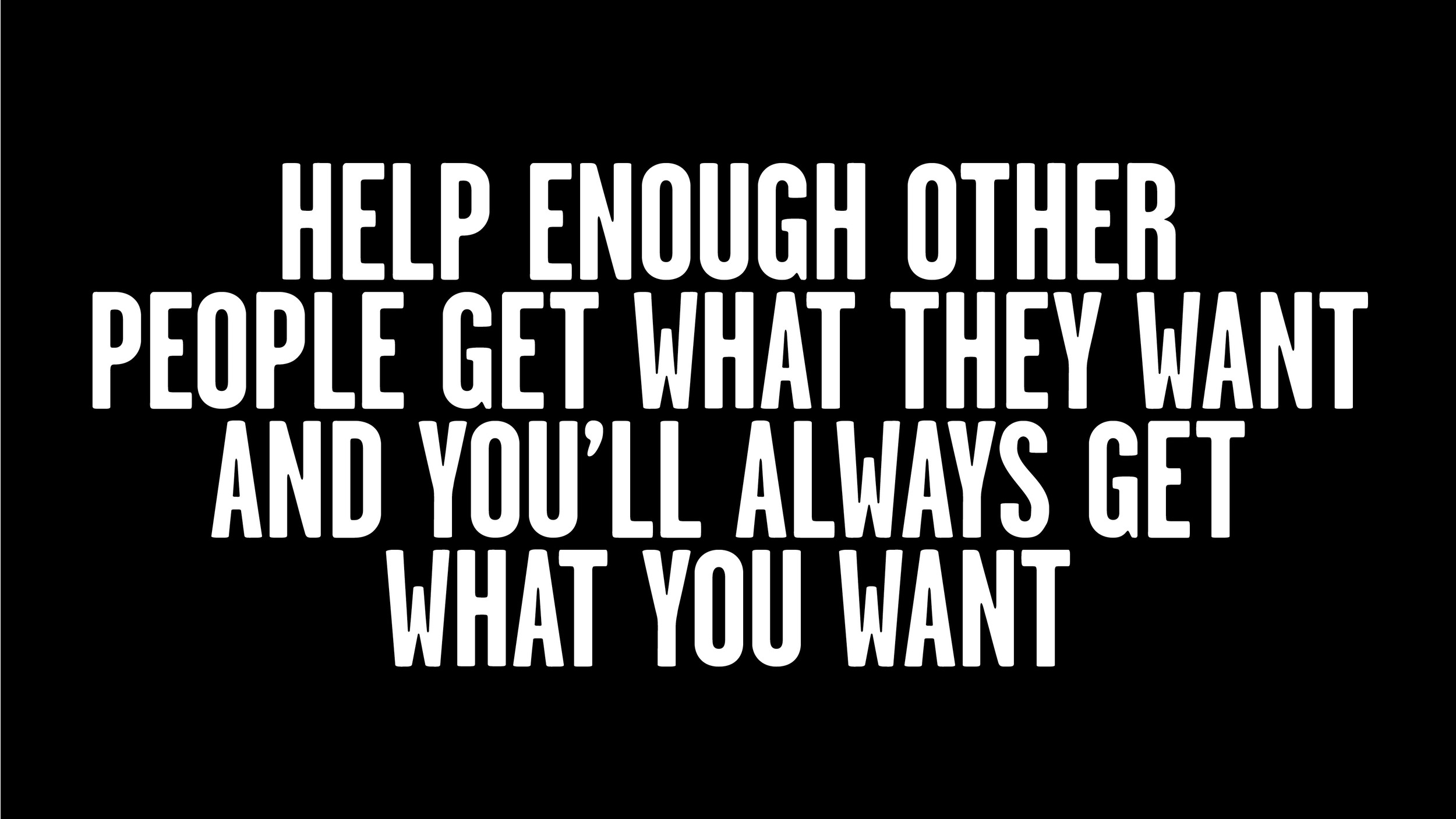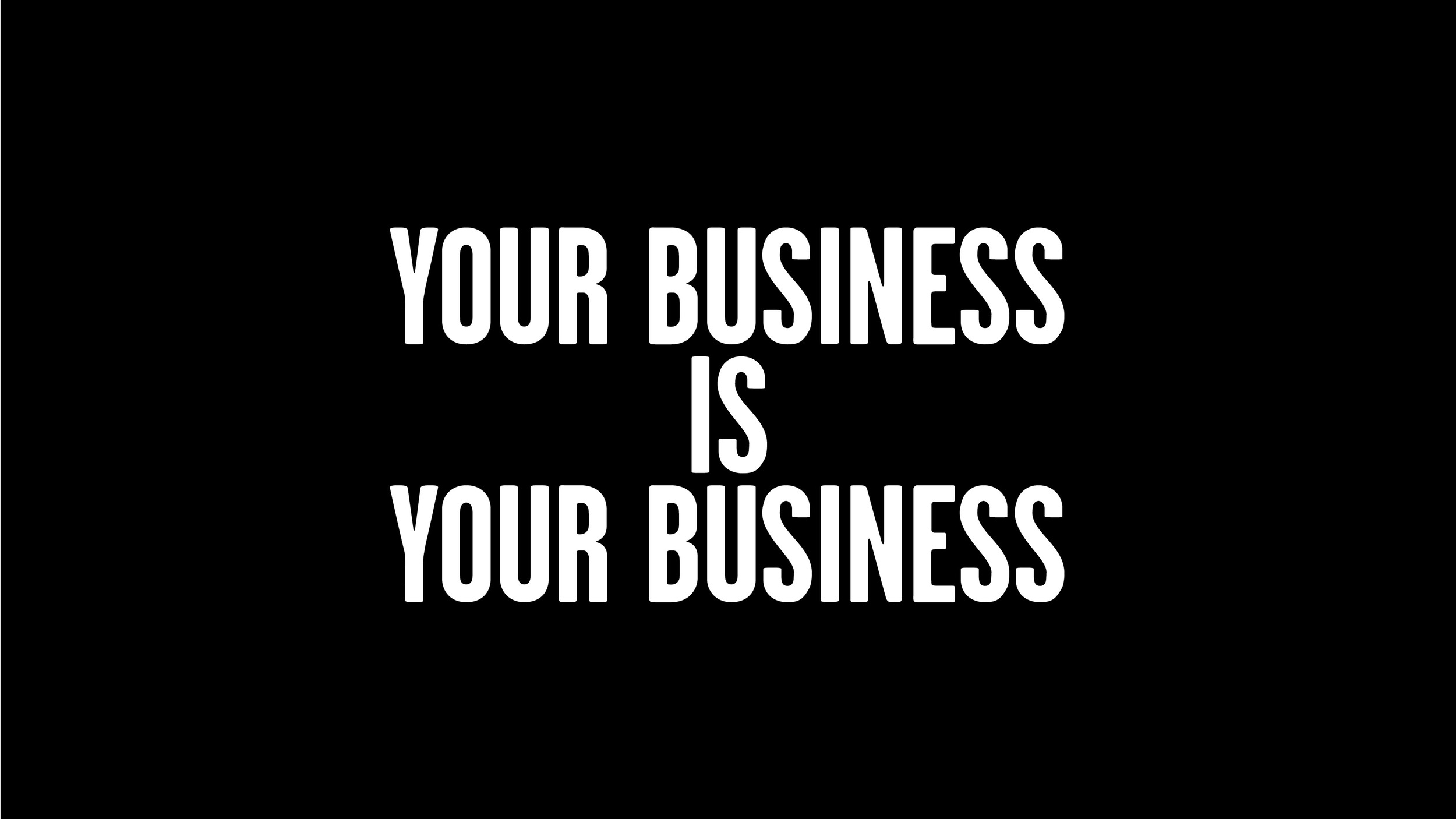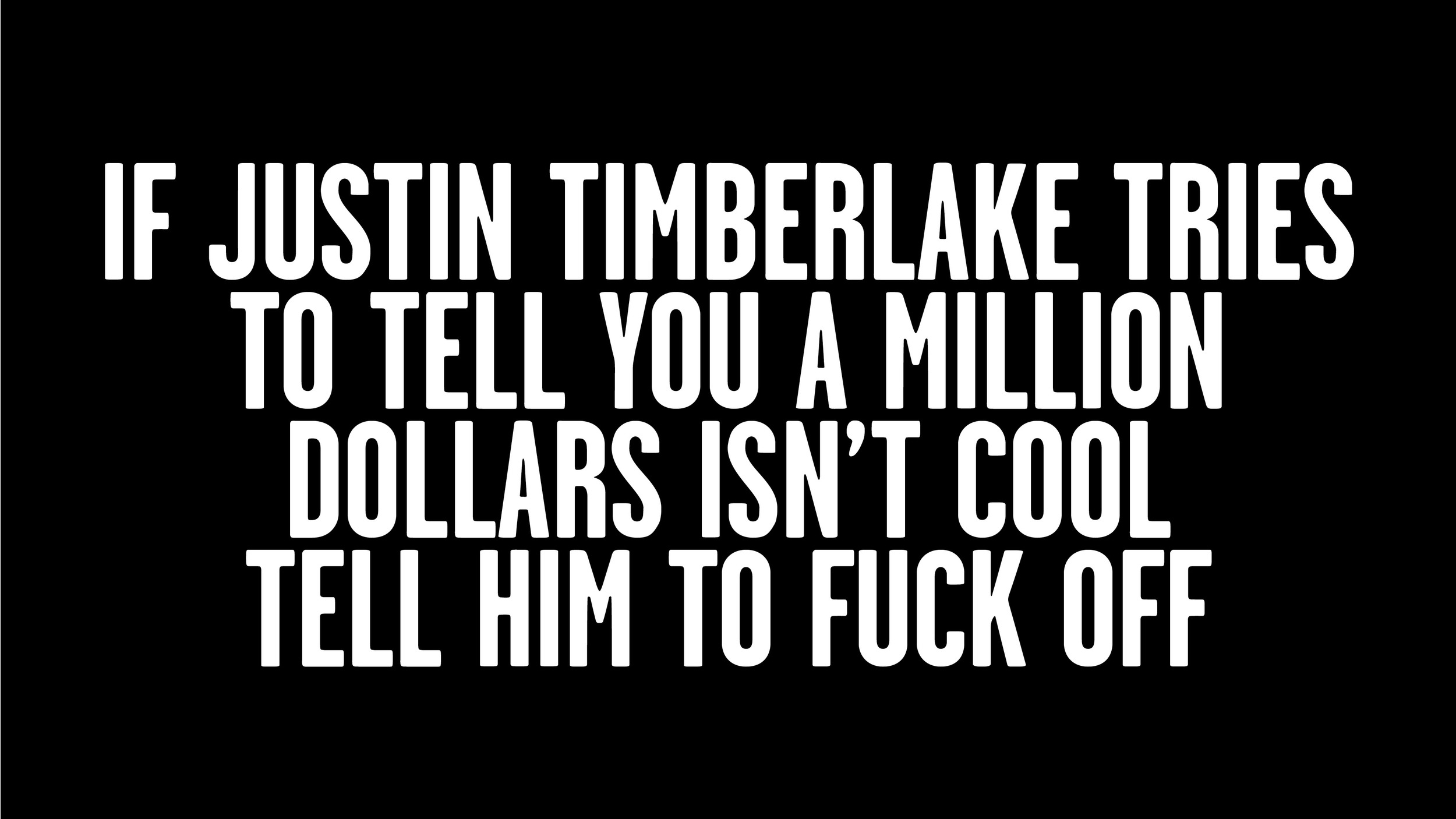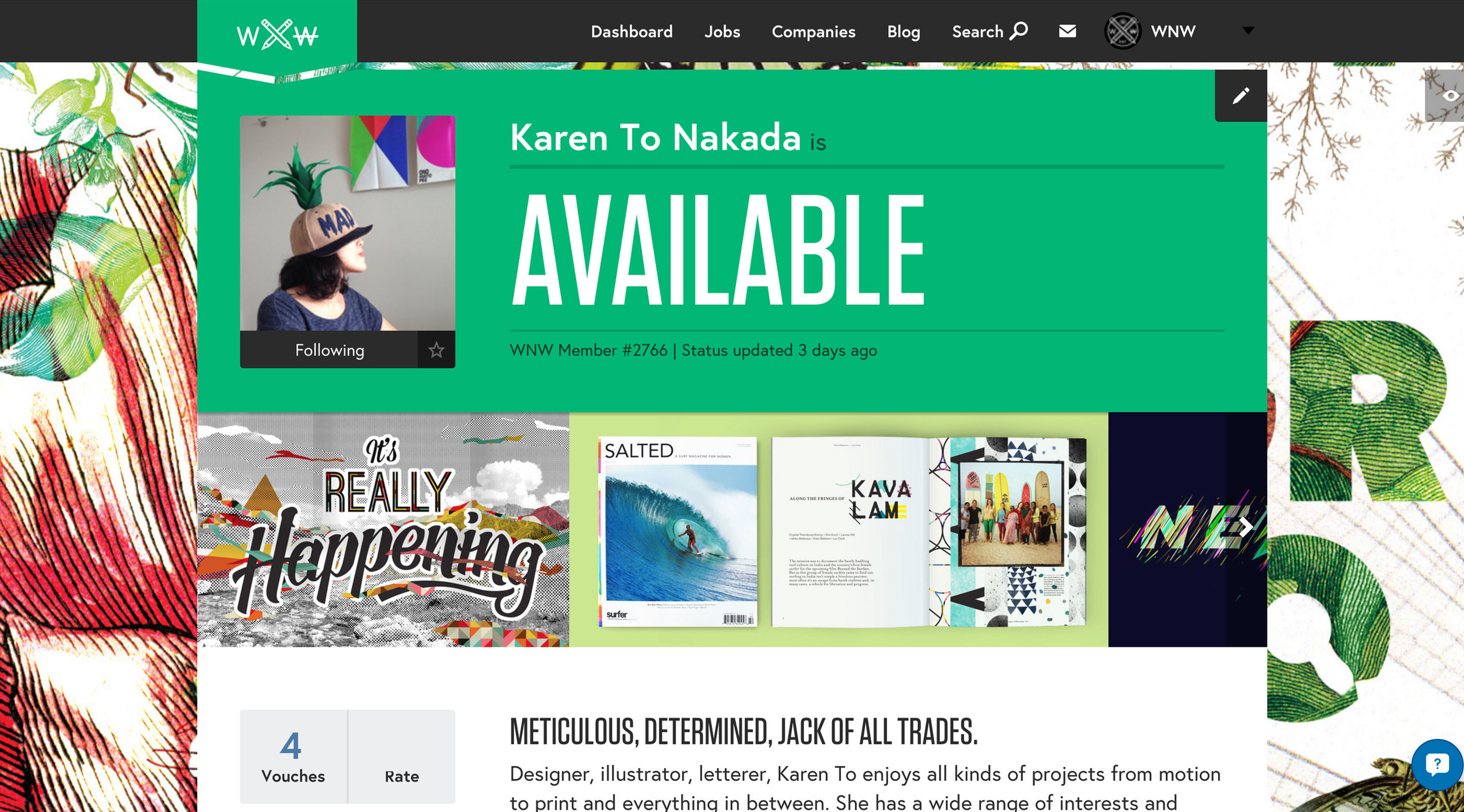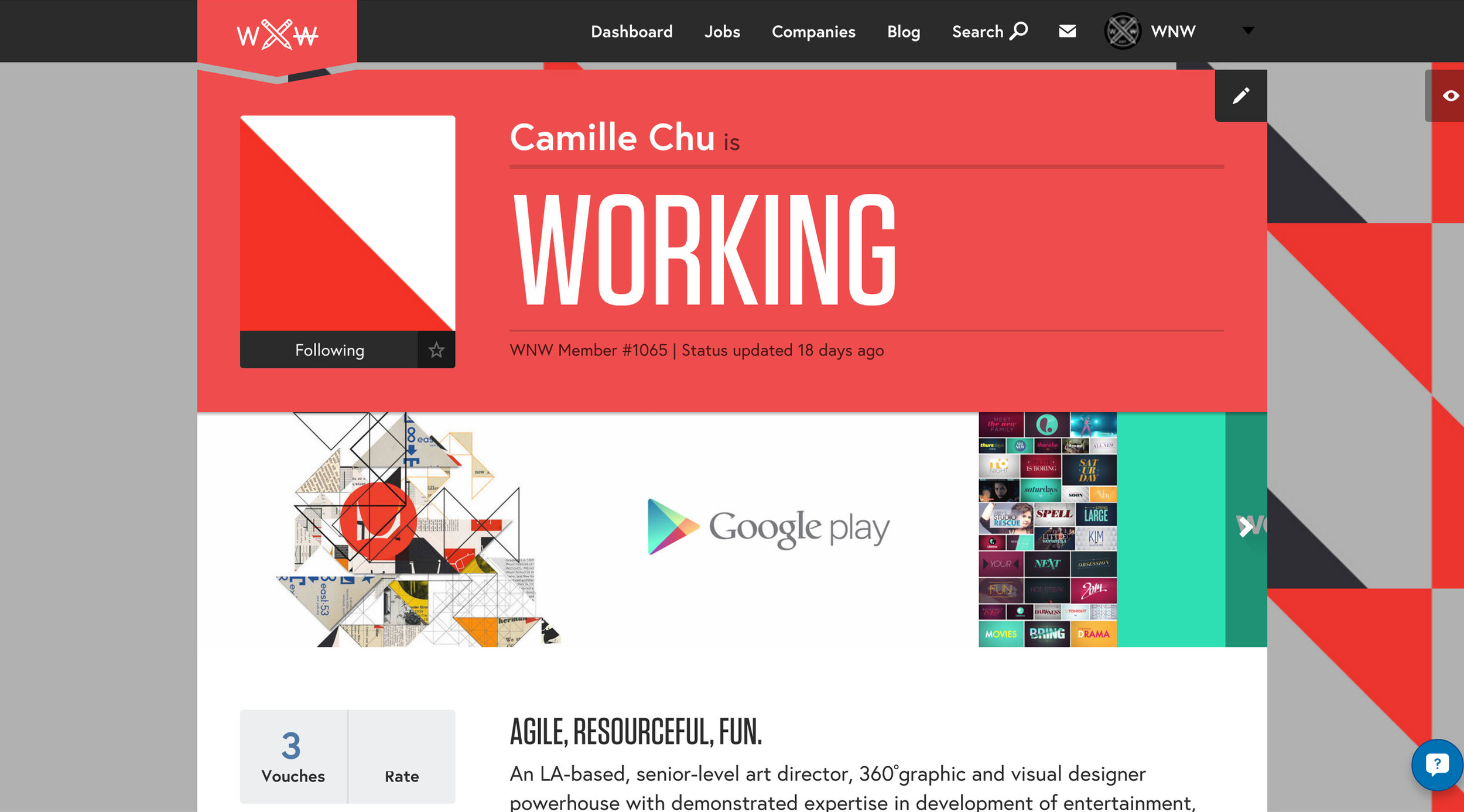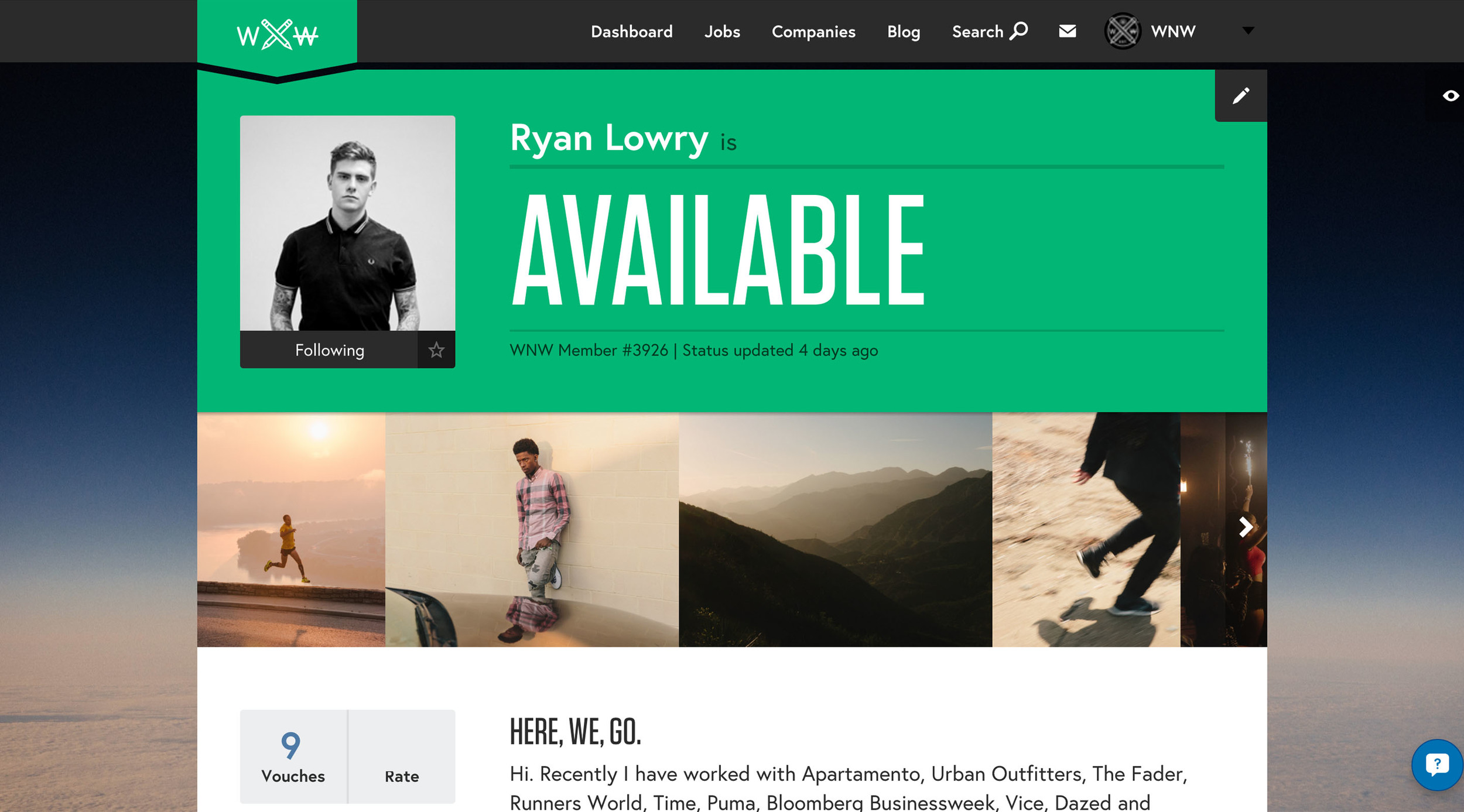WONDER WHAT IT'S LIKE GOINGTO THE OSCARS? ASK JULIA POTT
When renowned filmmaker Don Hertzfeldt asked fellow animator and WNW Member #2791 Julia Pott to voice the character of Emily in his newest animated short World of Tomorrow, Julia didn't hesitate. "He said he wanted the woman to sound a bit like Mary Poppins and I was immediately on board." And then, on January 14th, World of Tomorrow was nominated for an Oscar. And then, as if things couldn't get better, Don invited Julia as his plus-one.
We hit the rewind button and make Julia help us live vicariously through her, every step of the way: from recording her best Mary Poppins impression at Don's home in Austin, fueled by sugary cereal and tequila, to waking up to a special Facebook post from Don with the news, to hilarious advice from her mom, to montage-worthy moments trying on dresses for Hollywood's biggest night.
We made sure to ask Julia the most important question of all: Who are you wearing? "In the end I went with a dress from a little known store called ‘Nordstrom’."
Indiewire is predicting an Oscar for World of Tomorrow. Who knows, maybe Don will cast Julia as the voice of his acceptance speech.
How did you come to be the voice of Emily in Don Hertzfeldt’s mind-bending Oscar-nominated short World of Tomorrow?
Don and I met at Sundance in 2012 when both our films were in the Animated Shorts category. I tried to keep it casual and not let on that I:
a). knew his work
b). liked it a lot.
We kept running into each other at film festivals and became real life friends. As I live in LA and he lives in Austin we communicate mainly through funny owl videos on Facebook Chat - but I think that still counts. We ended up at Sundance together again in 2013 when my short film The Event was playing and he was one of the judges (let the record show – I didn’t win). It was there that he said he wanted a British woman for his latest project because his niece, who would play the other role, was Scottish. He said he wanted the woman to sound a bit like Mary Poppins and I was immediately on board.
Had you ever done any voice work before, besides the Golden-Globe winning WNW Microsoft Commercial? Tell us about the experience.
This is my first and only voice-over experience and it was really great. We recorded it in Don’s house in Austin and he has a pool with about 5 - 10 oversized animal floaties in it at any given time. He also has all of the sugary cereals you’ve ever wanted to buy from Trader Joe’s but couldn’t justify, so staying at Don’s is like being 8 years old again. We would get up in the morning, get pumped up on sugar and go into the recording booth for the majority of the day with a mental break around lunch time when we would go get some BBQ or TexMex. If I ever had trouble with the lines I would drink some tequila. Everyone has their methods. Apparently this is mine.
Were you already familiar with Don Hertzfeldt’s work?
I was in college when Rejected was released online so I was one of the many student animators who said “my spoon is too big” way more times than was ok. I went to see him speak in London in 2009 and followed up with a casual/creepy fan email.
Where were you when Don told you he was bringing you to the Oscars? What was the first thing that came to your mind?
I woke up to a facebook post from Don with the news.
My mother rang soon after and we both freaked out. She has since called me up several times with various styling tips. My favourite being that I should walk down the red carpet with helium balloons with my name written on them in sharpie, as an homage to the movie Up because I am in the animation category.
How have you prepared for the Oscars? Most importantly: Who are you wearing?
I am not very good at grooming myself so my friend Eliza Wexelman offered to style me. We had a lot of montage-worthy moments in vintage stores and my living room trying on a variety of dresses she ‘pulled’ for me (I’m learning all the stylist lingo). In the end I went with a dress from a little known store called ‘Nordstrom’.
The other grooming-based preparations started yesterday. The day we found out about the nomination I called up a fancy hairdresser that I’ve been wanting to try for ages. They informed me that they had no appointments on the day of the Oscars so I asked them what their latest appointment was the day before. The woman said 5pm. I asked her if I slept with a hairnet on did she think the style would keep until the next day. There was a long pause and then she said ‘ok’ and I could tell from her tone she doesn’t think this is a good idea. I booked the 5pm appointment.
Has Don cast you as the voice of his acceptance speech if/when World of Tomorrow wins?
Hopefully.
Which actors and actresses are you hoping to bump into on the red carpet or in the buffet line? (Is there a buffet line? We’ve never been to the Oscars…)
I’ve been told the best celebrity spotting is in the bathroom line. My mother has advised me to ‘accidentally’ walk into the men’s bathroom instead, “just to see”.
My ultimate celebrity spots would be Meryl Streep, Tom Hanks and Emma Stone. I want to make Emma Stone my friend.
Are you a big movie buff? What are some of your favorites?
I tend to like movies that fall under the category of strange or romantic. I’m a big fan of Charlie Kaufman and Michel Gondry but my all time forever love is Nora Ephron. More specifically When Harry Met Sally. Everything I do is in an attempt to make my life more like that movie.
What was your favorite feature-length film this year? Any Oscar predictions you care to share? Is it FINALLY Leo’s year?
I loved the movie Spotlight. It made me want to watch every newspaper based movie ever made. There was something about it that was both soothing and compelling – like The West Wing…or Gilmore Girls. I was also completely in love with Room - all the praise and accolades for that bad boy are so well-deserved.
Leo’s been scooping all the awards - he has to win this right? Although I thought he should have won for Romeo + Juliet based purely on his attractiveness.
What’s next for you?
I am currently in development at Cartoon Network in a program that creates projects for potential series consideration. I also just started as a writer on Adventure Time. I’m a huge fan of the show so the whole process is a dream.
